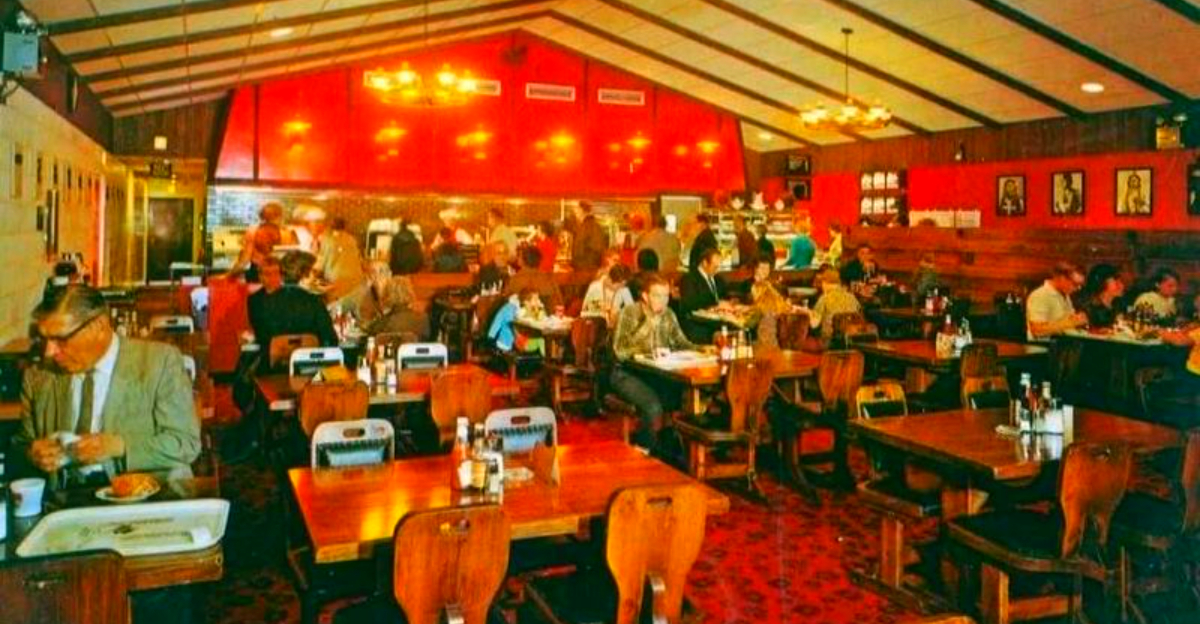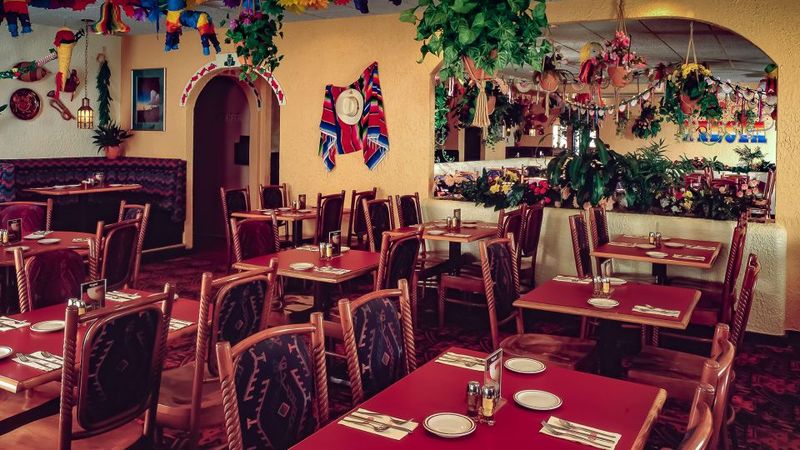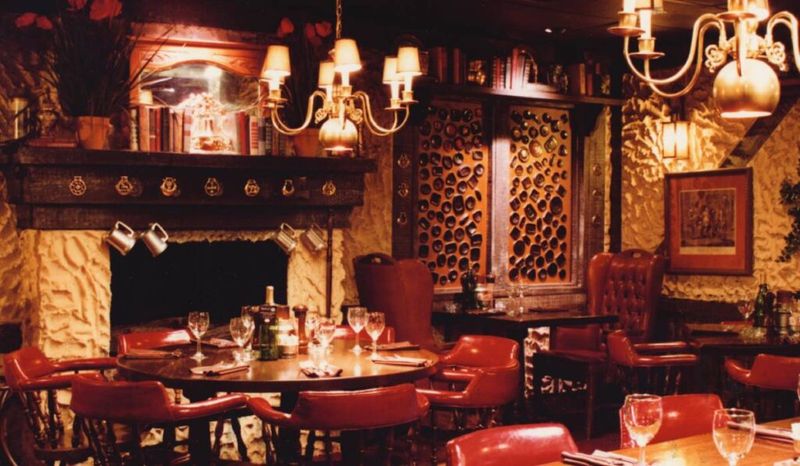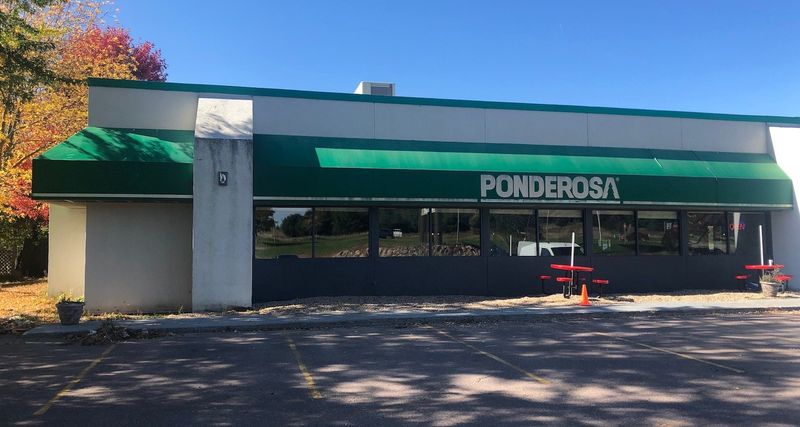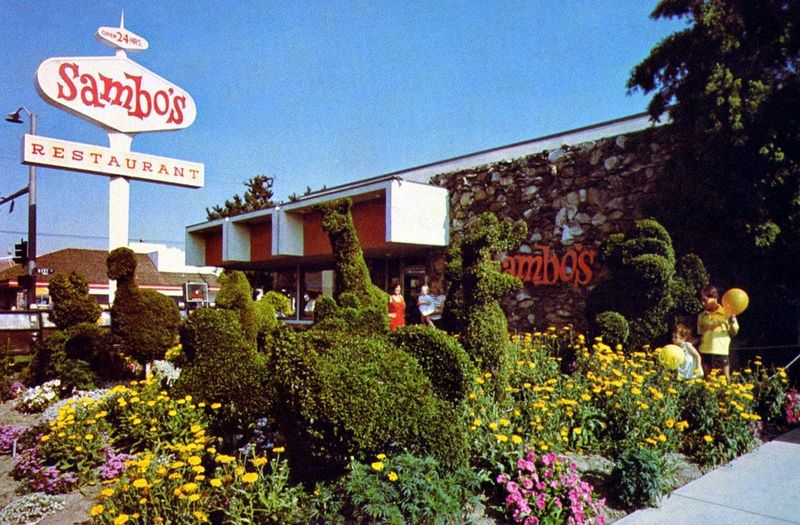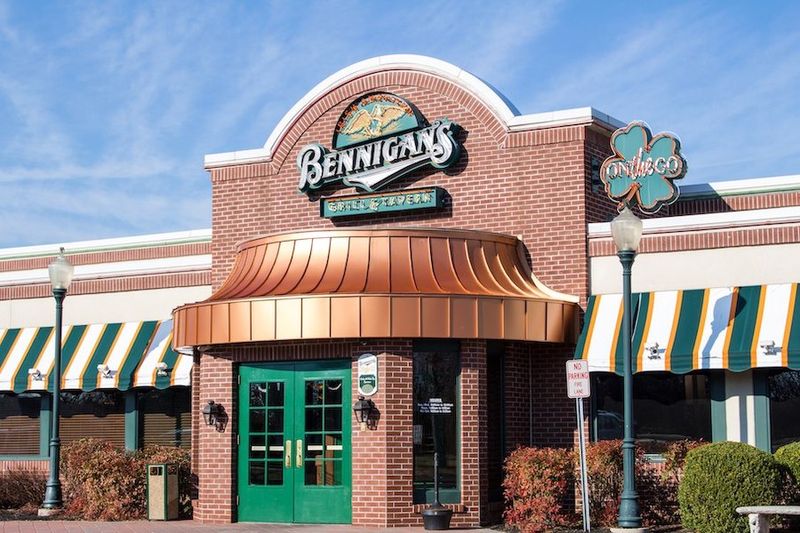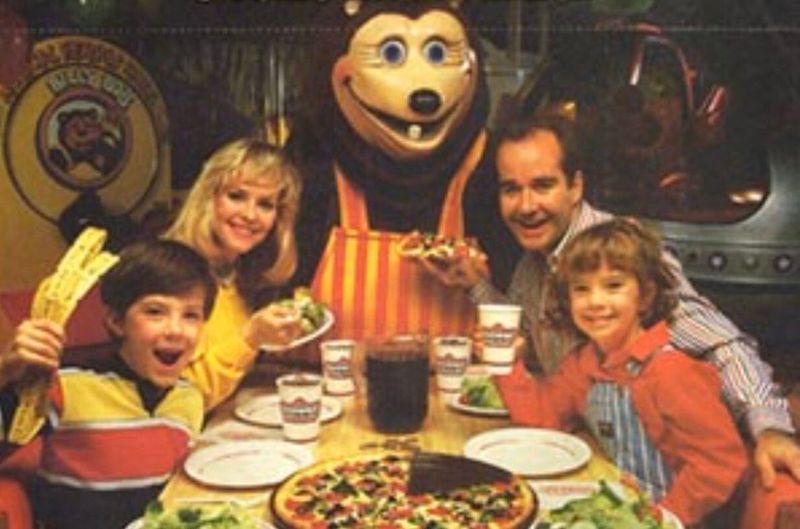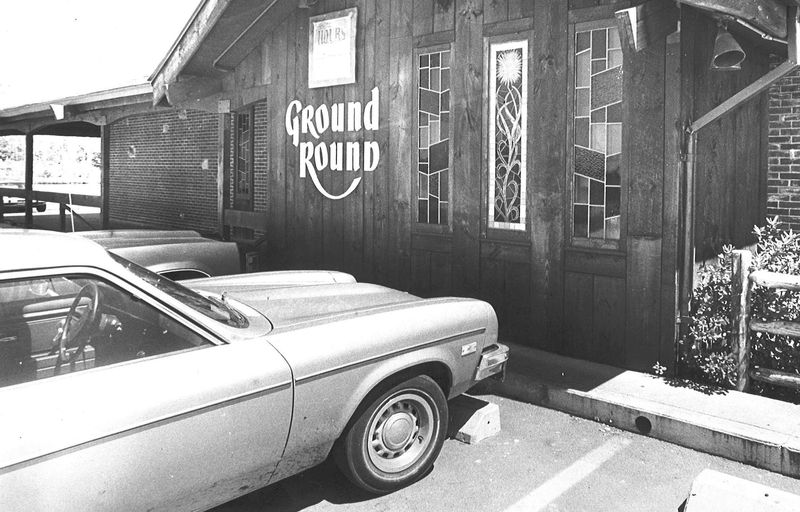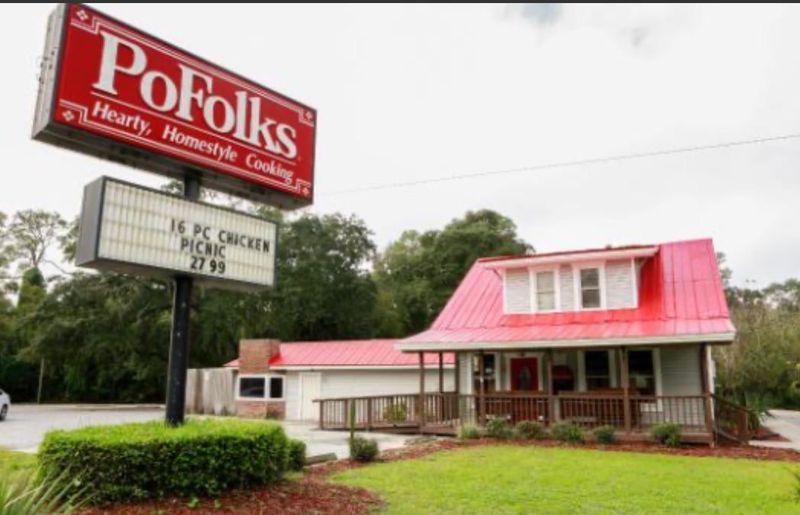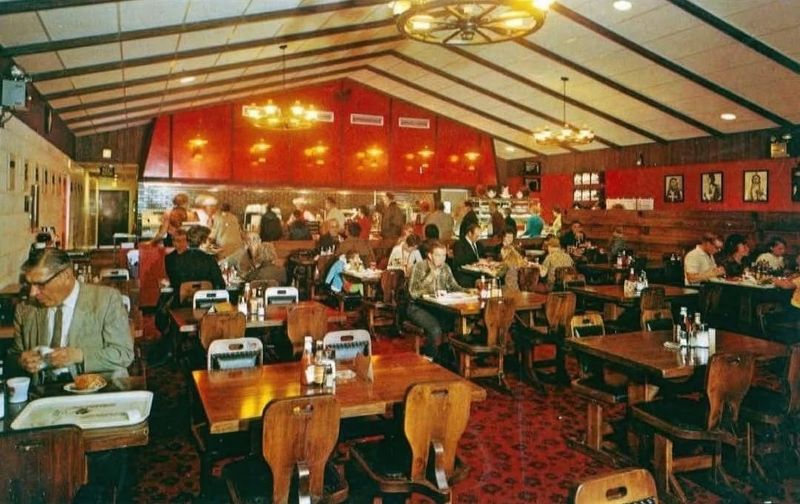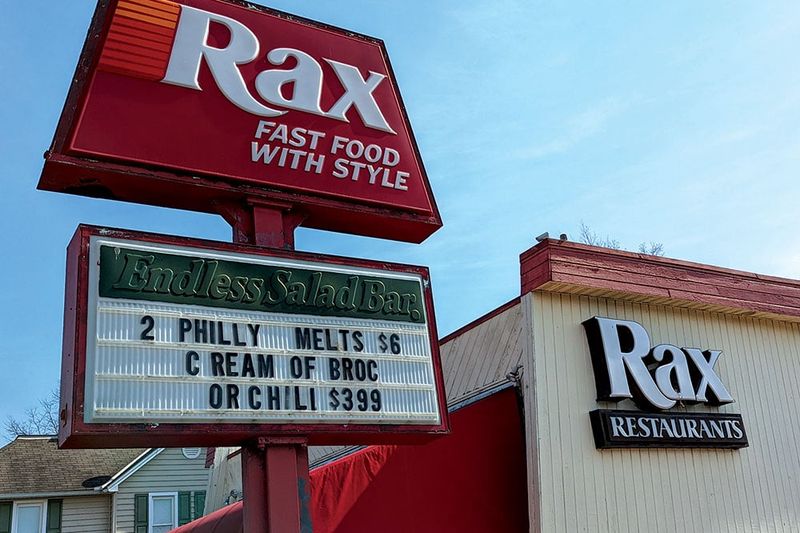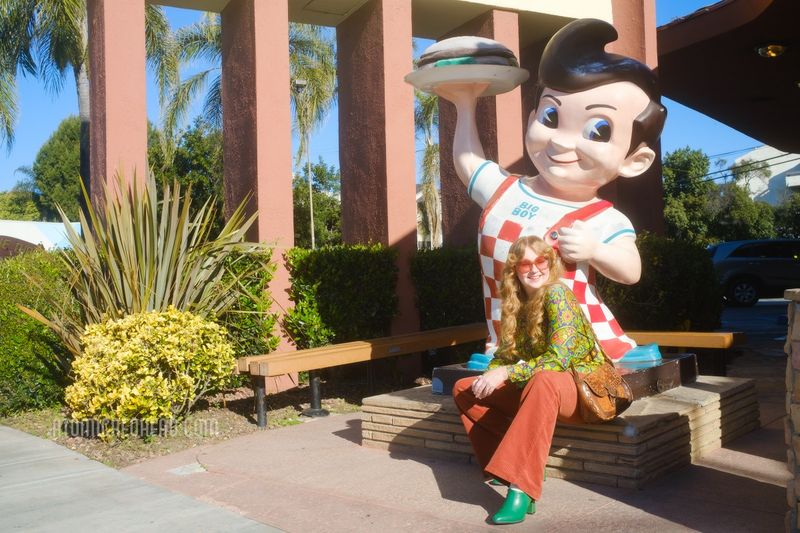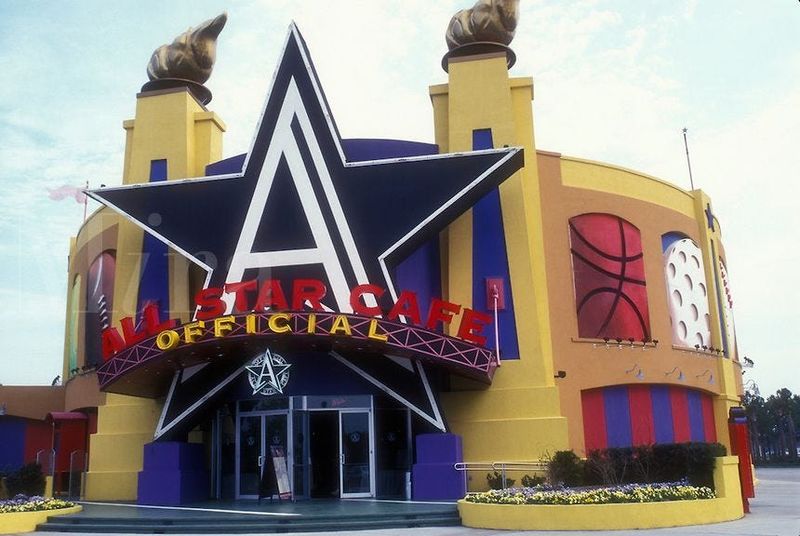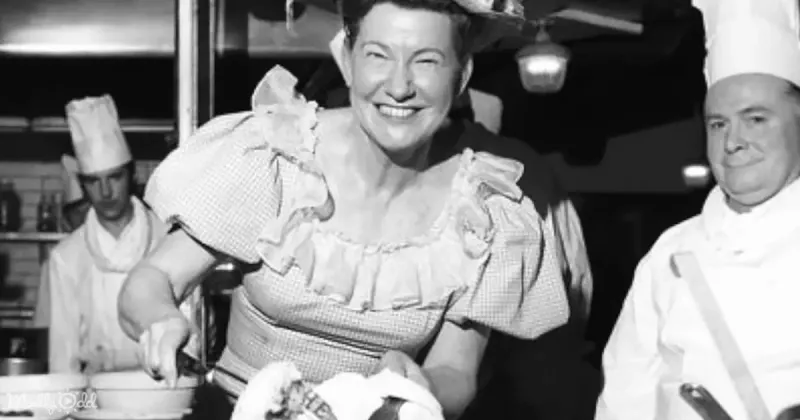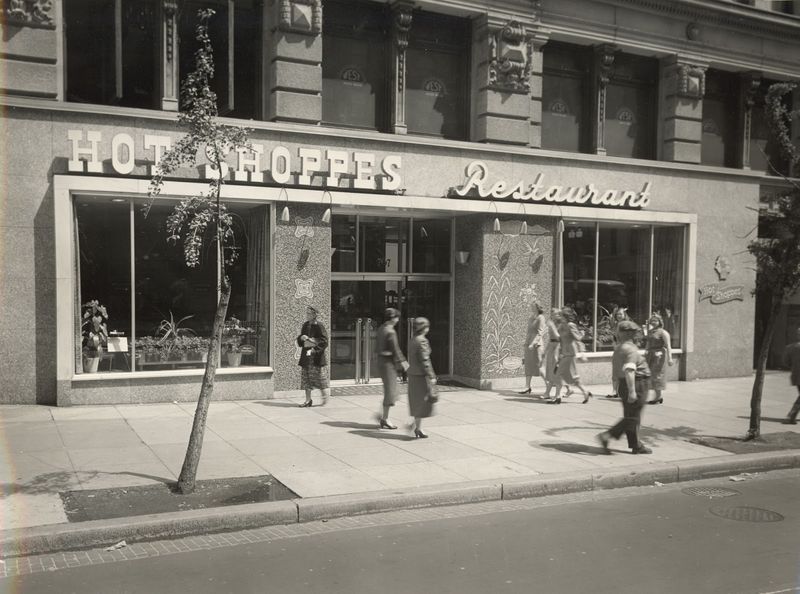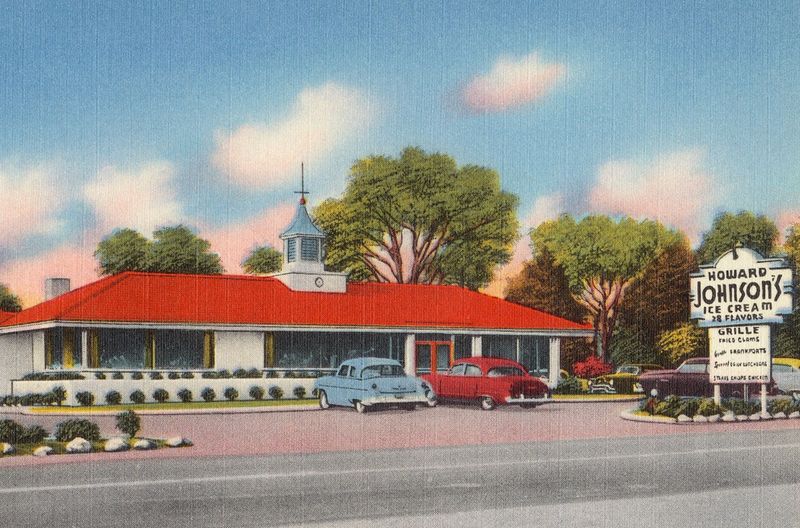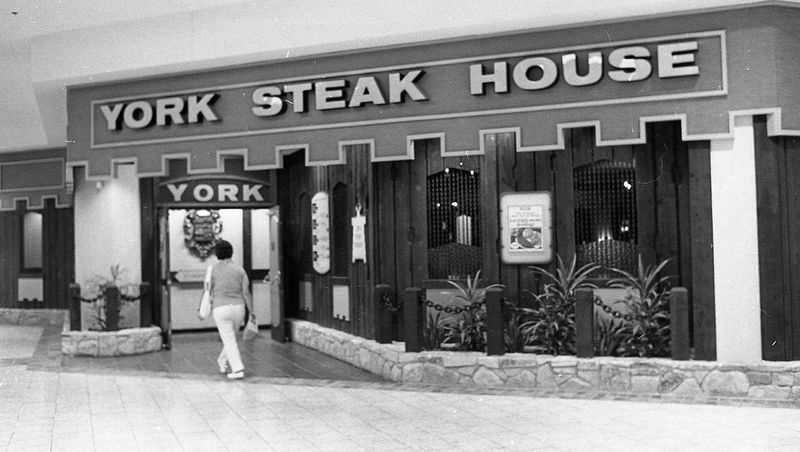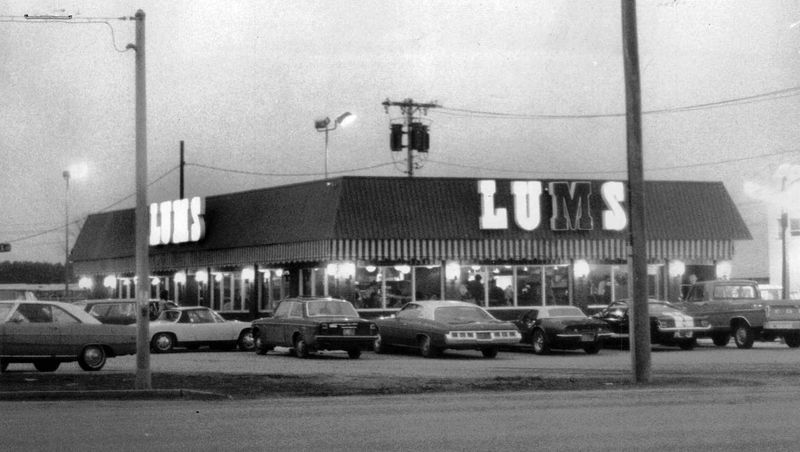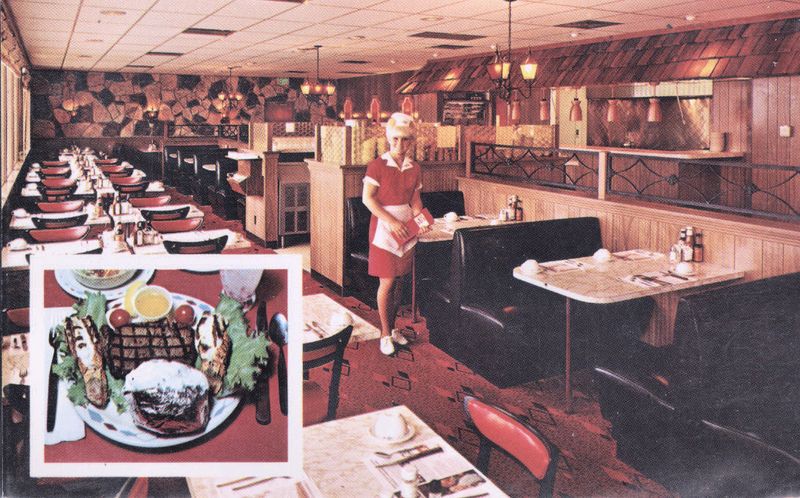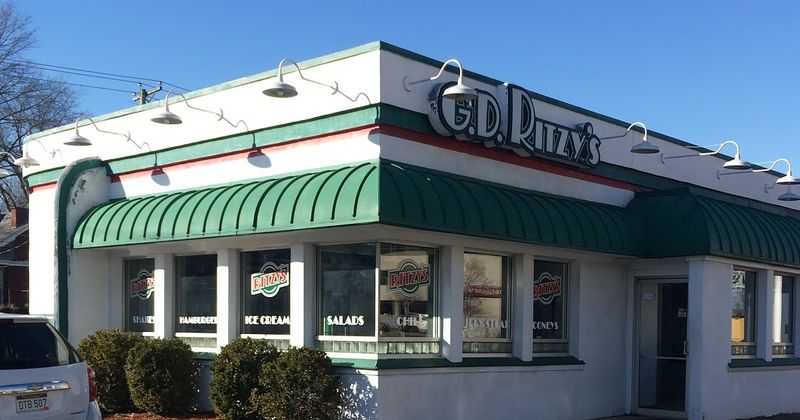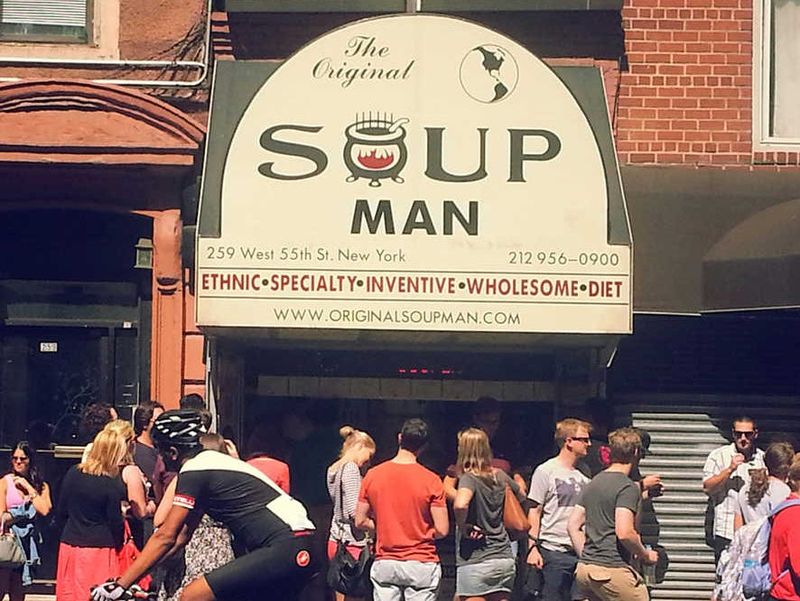The 1980s were a golden age for dining out. Families piled into vinyl booths, kids begged for free toys, and salad bars reigned supreme. While many of these once-beloved chains have faded into history, locals who grew up in the Reagan era still remember them fondly. Here are 20 restaurant chains from the ’80s that time forgot – but loyal fans never did.
1. Chi-Chi’s
Chi-Chi’s was the quintessential introduction to Mexican cuisine for many Americans. Founded in 1975, its popularity soared during the ’80s, making it a staple for those seeking a fiesta-like dining experience. Patrons were drawn to its lively atmosphere, complete with colorful decor and mariachi music.
What set Chi-Chi’s apart were its iconic dishes: sizzling fajitas and deep-fried ice cream. These offerings became synonymous with family outings and celebrations. Despite its success, a severe hepatitis outbreak in 2003 marked the end of its U.S. operations.
Though its presence has faded stateside, Chi-Chi’s continues to operate in Europe, albeit with new concepts and menus. The brand’s legacy lives on in the memories of those who dined there.
2. Steak and Ale
Founded by the creator of Chili’s, the chain introduced a touch of sophistication to suburban dining in the ’80s. Known for its signature salad bar and cozy wooden interiors, it was where families could enjoy a ‘fine dining’ experience without breaking the bank.
Steak and Ale’s charm lay in its ability to make every dinner feel special. With its warm ambiance and hearty meals, it became a favorite date night spot. Unfortunately, changing dining trends led to its decline, and by the early 2000s, it had vanished.
Yet, its legacy of accessible luxury remains a fond memory for many.
3. Ponderosa Steakhouse
Ponderosa Steakhouse was the ultimate family destination for hearty meals without frills. With its Western-themed decor and buffet-style dining, it captured the spirit of the American frontier. Families flocked to Ponderosa for its budget-friendly steaks and the ever-popular salad bar.
Kids especially loved the endless options, from baked potatoes to pudding cups. Dining here felt like an adventure, as if you were a cowhand at a cattle ranch. Although its presence has largely diminished in the U.S., a few international outposts continue to serve nostalgia on a platter.
For those who remember, Ponderosa represents a time when dining out was an event, filled with excitement and anticipation.
4. Sambo’s
Despite its controversial branding, Sambo’s was a breakfast hotspot during its heyday. Founded in 1957, the chain grew to over 1,100 locations by the late ’70s. Known for its extensive breakfast menu, it was the go-to place for pancakes and coffee.
Families loved gathering at Sambo’s for a morning meal, where the vibrant decor and friendly service created a welcoming environment. However, its name and imagery became subjects of criticism, leading to rebranding efforts and eventual decline.
Although its name has mostly disappeared from the dining landscape, those who visited Sambo’s remember the joy of starting their day with a hearty breakfast at this iconic diner.
5. Bennigan’s
Bennigan’s offered a slice of Irish pub flair to the American dining scene. Known for its boisterous atmosphere and menu staples like the Monte Cristo sandwich, it captured the essence of casual dining in the ’80s.
With its green decor and jovial ambiance, Bennigan’s became a popular gathering spot for friends and families. It was the place to celebrate birthdays, catch up over a pint, or enjoy a hearty meal in a lively setting.
Though it filed for bankruptcy in 2008, the brand was revived by a few franchise locations. For those who remember, Bennigan’s symbolizes the spirit of camaraderie and joy that defined an era.
6. ShowBiz Pizza Place
ShowBiz Pizza Place was where birthday dreams came true. Before Chuck E. Cheese took over, ShowBiz was the go-to destination for kids’ parties in the ’80s. With animatronic bands like the Rock-afire Explosion and endless arcade games, it was a sensory delight.
The lively atmosphere was filled with laughter, excitement, and the thrill of winning tickets for prizes. Parents appreciated the easy entertainment, while kids cherished the unforgettable experiences.
In the late ’80s, ShowBiz merged with Chuck E. Cheese, but for those who grew up visiting, it remains a treasured piece of childhood nostalgia. The magic of ShowBiz continues to live on in fond memories.
7. Ground Round
Known for its casual atmosphere and quirky charm, Ground Round was a favorite for families looking for a fun dining experience.
Kids loved the freedom to make a mess, while adults enjoyed the diverse menu and lively entertainment. It was a place where laughter and relaxation went hand in hand.
Though its numbers have dwindled, a few locations still serve those seeking a taste of nostalgia. For many, Ground Round represents a carefree era when dining out was as much about fun as it was about food.
8. PoFolks
PoFolks was all about “down-home country cookin’.” This chain brought Southern hospitality to the forefront with its hearty meals and warm ambiance. Known for sweet tea served in mason jars and dishes like fried chicken and catfish, it was a taste of the South wherever it was.
The country-themed decor and friendly service made every visit feel like a family reunion. Patrons appreciated the unpretentious vibe and generous portions.
While most locations have closed, a few independent restaurants in Florida keep the tradition alive. For those who dined there, PoFolks remains a beloved reminder of comfort food and community spirit.
9. Bonanza
For those seeking a budget-friendly grill, Bonanza Steakhouse was the place to be. As Ponderosa’s sister chain, Bonanza was known for its steak-and-salad bar combo, drawing loyal patrons throughout the ’70s and ’80s. The name itself evoked images of gold rushes and frontier adventures.
With its rustic decor and hearty offerings, Bonanza made dining out feel like a culinary expedition. Regulars cherished the laid-back atmosphere where quality and affordability met.
Though it has largely disappeared, Bonanza remains a cherished memory in the hearts of those who experienced its warm hospitality. Its name still conjures images of hearty meals and family gatherings.
10. Rax Roast Beef
Rax Roast Beef aimed to elevate fast-food dining with a touch of class. Known for its solariums and salad bars, Rax offered a unique twist on the typical fast-food experience. Patrons appreciated the inviting interiors and variety of menu options.
The chain attempted to outshine competitors like Arby’s with its premium roast beef sandwiches and diverse offerings. However, financial struggles eventually led to its decline.
Despite its challenges, a few Rax locations still operate in Ohio, serving those nostalgic for its distinct flair. Rax remains a symbol of innovation in a fast-food world dominated by hamburgers.
11. Bob’s Big Boy
Bob’s Big Boy was a beacon of American diner culture. Known for its iconic Big Boy statue and classic diner fare, it was a beloved gathering spot throughout the ’80s. The chain offered a nostalgic escape with its retro interiors and friendly service.
Families frequented Bob’s Big Boy for its famous double-decker burgers and creamy milkshakes. It was a place where generations could come together over good food and great memories.
While the brand still exists in a limited capacity, its ’80s heyday is fondly remembered by those who experienced it. Bob’s Big Boy is a cherished emblem of simpler times and joyful dining experiences.
12. All-Star Café
All-Star Café brought the excitement of sports to the dining experience. Backed by sports icons like Shaquille O’Neal and Wayne Gretzky, this late-’80s concept aimed to merge athletic enthusiasm with restaurant hospitality.
The café was adorned with sports memorabilia and offered a lively atmosphere where fans could enjoy a meal while celebrating their favorite teams. Despite its ambitious beginnings, it never quite matched the success of similar concepts like Planet Hollywood.
For sports enthusiasts who visited, All-Star Café remains a nostalgic reminder of a time when dining out could also be a championship-worthy event.
13. Minnie Pearl’s Fried Chicken
Named after the beloved country comedienne, Minnie Pearl’s Fried Chicken aimed to bring Southern delights to the masses. The chain’s brief boom in the late ’70s and early ’80s was characterized by crispy, flavorful fried chicken.
Restaurants featured country-themed decor and a welcoming vibe, making diners feel like part of the family. Unfortunately, mismanagement led to its rapid decline.
Those who enjoyed its offerings remember Minnie Pearl’s as a unique fusion of food and entertainment, where each meal came with a side of Southern charm.
14. Hot Shoppes
Hot Shoppes was Marriott’s flagship restaurant chain, offering comfort food and classic American dining. Known for its hearty meals and creamy milkshakes, it was a staple for families seeking familiarity and flavor.
Founded in the late 1920s, Hot Shoppes expanded throughout the mid-20th century, reaching its peak during the ’80s. Its decline was gradual, with the last location closing in 1999.
For those who dined there, Hot Shoppes represents a bygone era, where a meal was more than just nourishment – it was an experience.
15. Howard Johnson’s Restaurants
Howard Johnson’s, with its iconic orange roof, was a beacon for travelers and families alike. Known for its fried clams and 28 flavors of ice cream, it was a quintessential part of American road trips.
In the ’80s, these restaurants were already in decline, yet they still held a special place in the hearts of diners seeking comfort and familiarity. The chain’s decline continued into the late 20th century.
Despite its near disappearance, Howard Johnson’s remains a nostalgic symbol of America’s love affair with roadside dining and family vacations.
16. York Steak House
York Steak House was a mall dining staple, offering cafeteria-style steak dinners to hungry shoppers. Known for its simple, no-frills approach, it provided quality meals at accessible prices.
The chain’s presence was primarily in shopping malls, making it a convenient option for families looking for a satisfying meal after a day of shopping. Despite its popularity, York Steak House quietly faded by the early ’90s.
Today, one lone location still operates in Columbus, Ohio, serving as a nostalgic reminder of a time when dining out was a well-deserved treat.
17. LUMS
LUMS was a quirky, Floridian favorite known for its unique offerings like beer-steamed hot dogs. With the catchy slogan “Lum’s steams ’em in beer!”, it attracted a loyal following.
The restaurant’s eclectic menu also featured items like Ollieburgers and Caesar salads, making it a distinctive choice for diners seeking something different.
Though inconsistent quality and management woes led to its bankruptcy in 1983, LUMS remains a fond memory for those who appreciated its offbeat charm and inventive menu.
18. Mr. Steak
Mr. Steak was the answer for those seeking quality steak without the hefty price tag. Dubbed “the affordable steak experts,” it filled suburban strip malls across America.
The chain’s casual atmosphere and budget-friendly menu made it a popular choice for families and steak lovers alike. Despite its accessible offerings, competition led to its decline in the early ’90s.
For those who dined at Mr. Steak, it symbolizes a time when delicious dining didn’t require deep pockets. Its legacy lives on in the memories of those who relished its value-driven meals.
19. G.D. Ritzy’s
G.D. Ritzy’s was a bold experiment in gourmet fast-food during the ’80s. With its art deco flair and offerings like deluxe burgers and frozen custard, it catered to those seeking a touch of elegance.
Though short-lived, the chain’s distinctive style and high-quality menu items left a lasting impression on its patrons. It was where fast-food met fine dining in a playful, accessible manner.
Thanks to nostalgic fans, a few revived locations have recently reopened, serving as a testament to G.D. Ritzy’s enduring appeal and innovative spirit.
20. The Original SoupMan
The Original SoupMan gained fame from Seinfeld’s “Soup Nazi” episode, but its reputation was built on its gourmet soups and quirky service rules. Founded in the late ’80s, it offered a variety of high-quality soups that attracted loyal patrons.
Customers were drawn to its unique flavors and the novelty of its strict ordering process, making each visit an experience in itself.
Though the original locations have faced challenges, the brand continues to capture the imagination of those who appreciate its eccentric charm and dedication to soup perfection.
